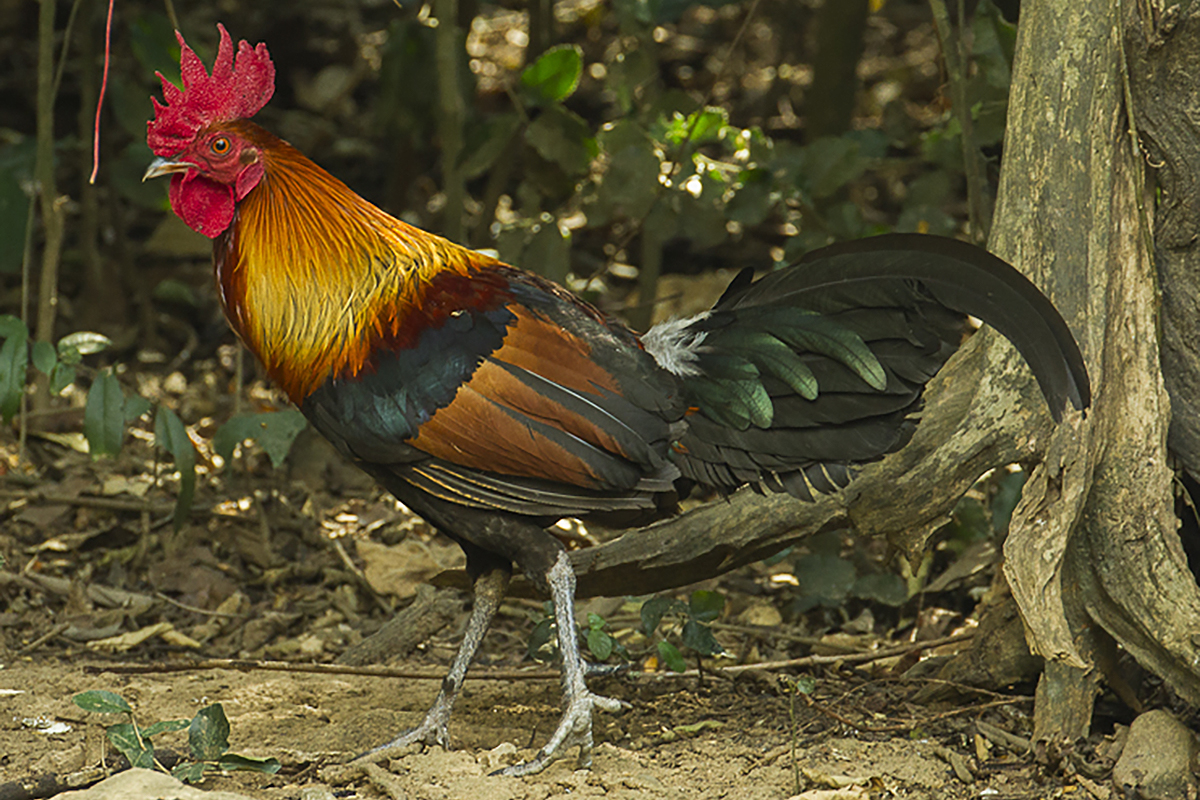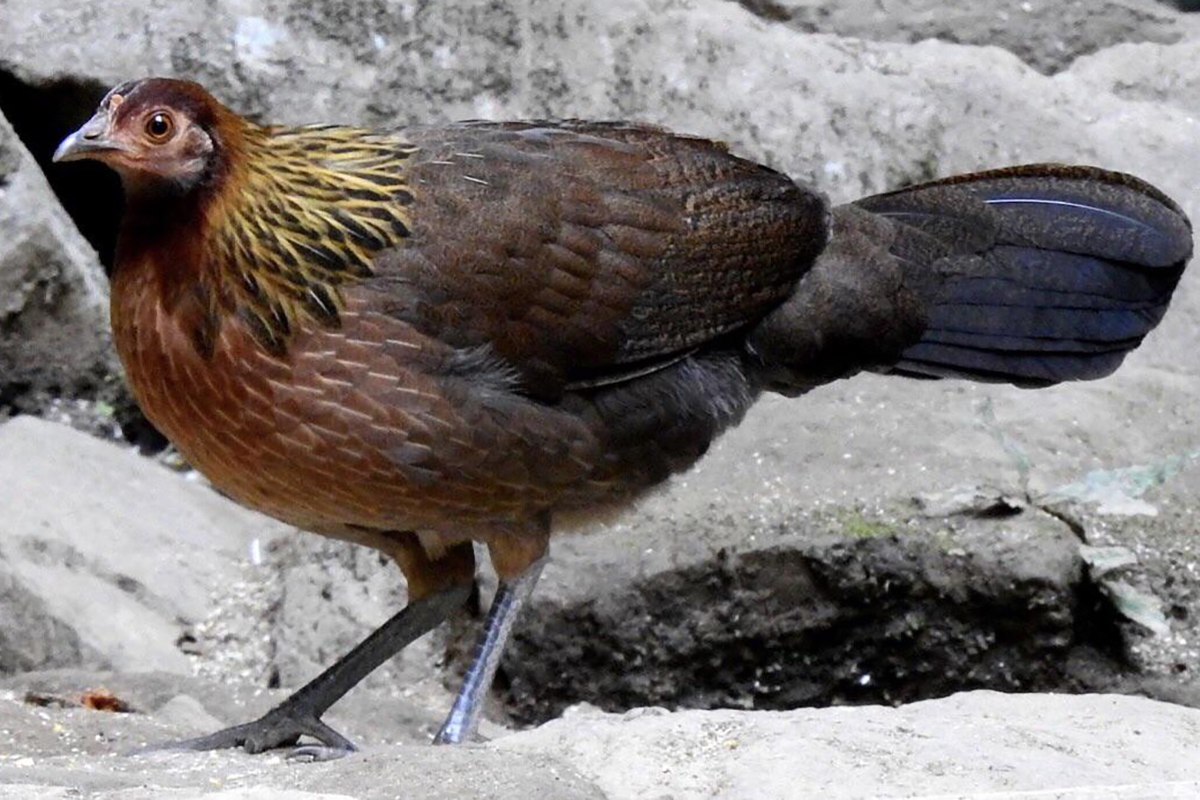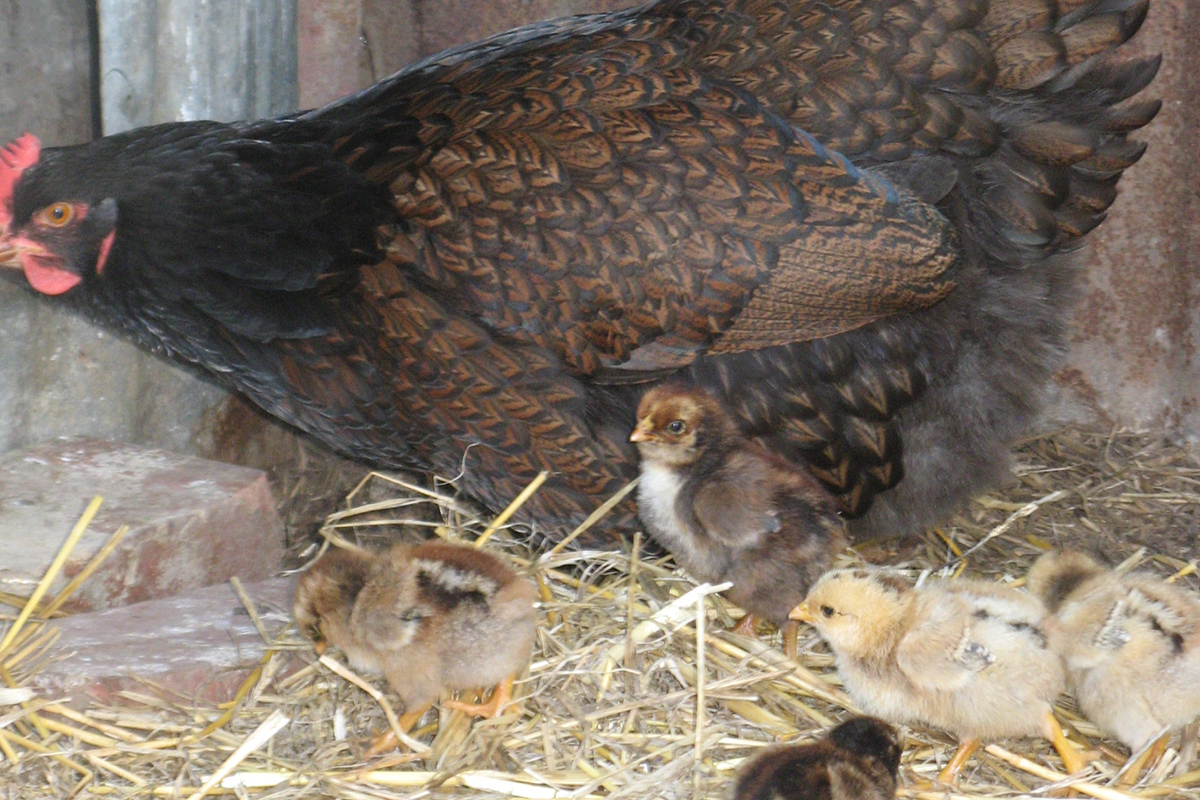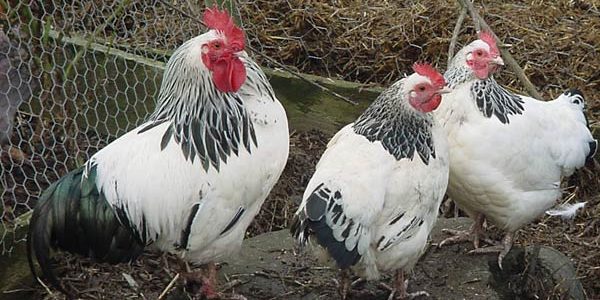To best manage your flock it is important that you understand where chickens come from and their behaviour characteristics.
All current and past breeds of chickens originated from the Red Junglefowl which is found in the jungles of South East Asia.
Red Junglefowls form social groups with a dominant male. The social structure or pecking order is almost identical to that of the modern chicken.
They can fly, but only to get to the lowest branches of the forest canopy to roost at night. They are omnivorous, feeding on insects, seeds and fruits. Their eyes have evolved full colour vision to detect coloured fruits but have almost no night vision. As their habitat is tropical the breeding season is very long, which is why domestic chickens lay eggs over an extended period of time each year.
These birds were first domesticated in Asia at least five thousand years ago. By 1500 BC the domesticated version had spread to Egypt and was imported into Europe around 500 BC. Today there are more chickens on the planet than any other species of bird.

A Red jungle fowl rooster in the wild. They are similar in looks to many modern bantam chicken breeds. Photo courtesy of the internet.

Red Jungle fowl hen. Photo courtesy of the internet.
Chickens can recognise one another by the shape of the comb, wattle and head, as well as the colour of the plumage. Research has shown that they can distinguish around a hundred individual chickens.
But while they have good recognition skills their memory retention is fairly poor. If a chicken is removed from a flock for two to three weeks then other chickens will not recognise it when it is returned. The returned chicken is treated as an outsider and has to re-establish itself within the pecking order.
Chickens use various sounds to communicate with one another. Researchers have identified at least thirty different sounds that they use, I have observed a good half a dozen. The most well know call being the cackle after a hen has laid an egg, but the most startling one that I have heard is a low growling sound omitted when a hawk or eagle is circling above. This sound is quite different to the one used when ravens are around, so they clearly have the ability to distinguish between predatory birds.
As well as sounds they also use visual signs to communicate with one another. This is done by displays or changes in posture such as head up or head down and the ruffling or flattening of feathers.
Chickens have a well-defined social structure known as the pecking order. It is called this because they use their beaks as a fighting tool to establish the order of dominance within the flock. If there is a healthy adult rooster it will be on top of the pecking order with young roosters subordinate to the dominant rooster and even dominate hens.
Young chicks begin to establish their own pecking order almost as soon as they hatch and the adult chickens will reinforce it as the chicks mature. My observation is that chicks raised by their own mother will integrate more easily into the flock’s established pecking order than those raised separately in a brooder.
Once a pecking order of dominance has been established it remains relatively stable, but as soon as new chickens are introduced the entire order will be rearranged. This can cause great stress to individual chickens and the flock if handled poorly. See Introducing New Chickens To An Established Flock for details.
Part of the pecking order involves the weaker birds being able to run away from aggressive dominant birds so it is important that the chicken run is big enough to allow this to happen. This is especially important if you have roosters.

While the pecking order of chickens can be brutal they are also very social animals, once the pecking order is established they can be quite harmonious.
All chickens have basic character traits hard wired into their genetic makeup but the different breeds have developed their own genetic behaviour variations. Some are flighty, others are extremely friendly while the breeds of some roosters are more aggressive than others. The hens of some breeds make excellent mothers while others have had all the natural mothering instincts bred out of them, this is particularly so for egg laying hybrid chicken varieties.
Make sure you choose a breed of chicken that is best suited to your needs. For information on the characteristics of the different breeds I have kept over the years see the links below.

The hens of some breeds make excellent mothers while others have had all the natural mothering instincts bred out of them. The breeds that I have found to make good mothers are Light Sussex Bantams and Australorps (pictured).




